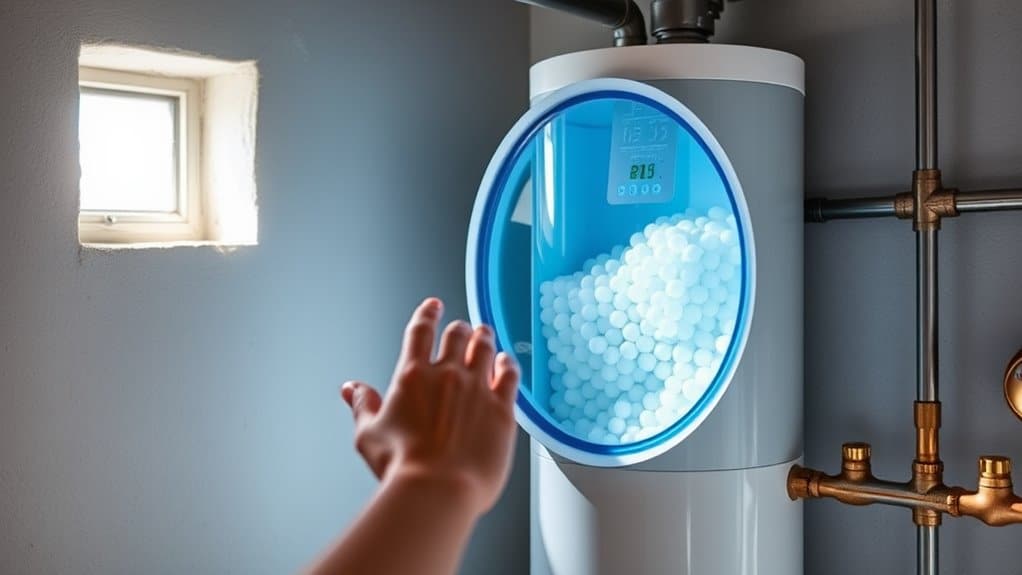Template-Assisted Crystallization (TAC) water softeners have gained a cult following because they fundamentally transform minerals rather than removing them. We’ve observed how TAC converts calcium and magnesium into suspended crystals that won’t form scale, while preserving beneficial minerals. They don’t require salt, electricity, or backwashing, saving thousands of gallons of water annually and reducing maintenance costs. The unique combination of environmental benefits, performance results, and long-term savings explains why converts become passionate advocates.
The Science Behind Template-Assisted Crystallization Technology
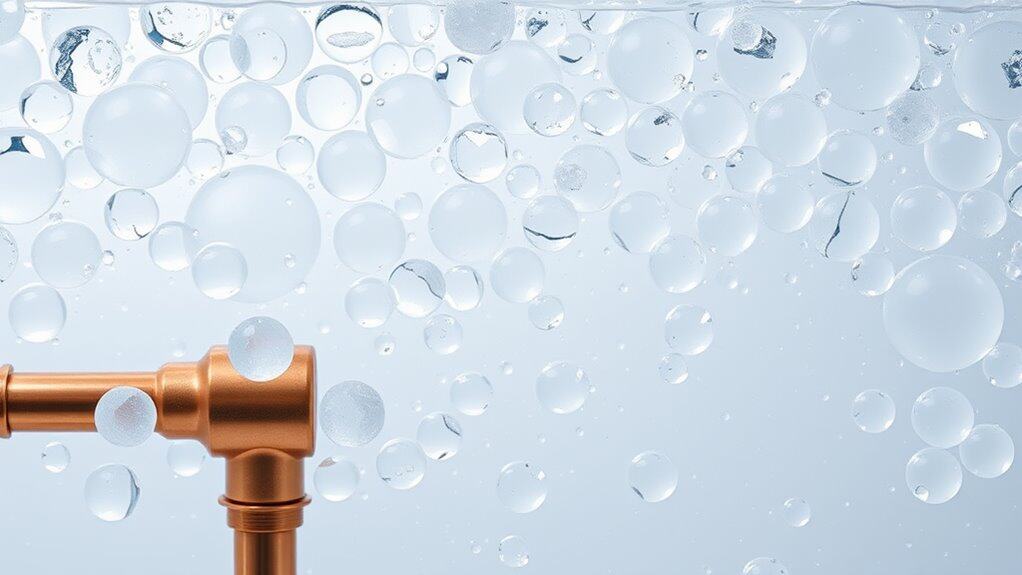
While traditional water softeners use ion exchange to remove calcium and magnesium ions, Template-Assisted Crystallization (TAC) technology operates on fundamentally different principles.
TAC employs polymer beads with nucleation sites that transform dissolved calcium and magnesium ions into microscopic crystals. These stable, neutralized crystals remain suspended in water rather than forming scale deposits. The process occurs as water passes through the media tank, requiring no electricity, backwashing, or salt regeneration.
Unlike ion exchange, TAC doesn’t remove minerals but alters their structure, preserving beneficial minerals while preventing scale formation. This environmentally conscious approach eliminates brine discharge and reduces water waste, making it increasingly attractive to eco-minded consumers.
Environmental Benefits That Drive Passionate Advocacy
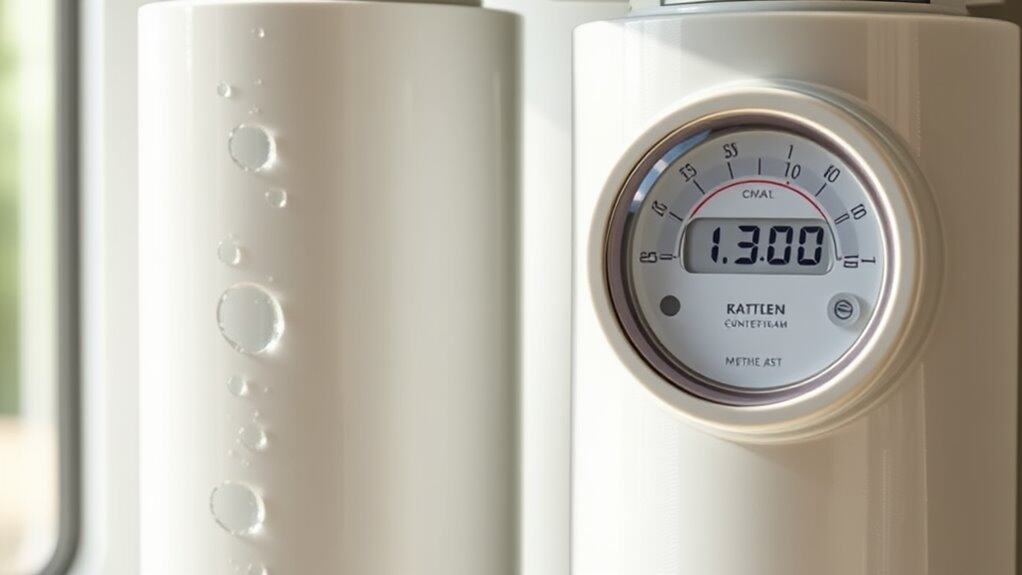
Although conventional water softeners have dominated the market for decades, TAC systems generate passionate advocacy primarily due to their substantial environmental advantages. We’ve documented that TAC units eliminate salt discharge—a critical benefit as municipalities increasingly restrict brine disposal. They don’t waste water through regeneration cycles, conserving up to 10,000 gallons annually for average households.
TAC systems also preserve beneficial minerals like calcium and magnesium that traditional softeners remove. Their salt-free operation prevents sodium contamination of groundwater and agricultural soils. Additionally, these systems require minimal electricity and maintenance, reducing their overall environmental footprint while extending appliance lifespans similarly to conventional softeners.
Real-World Testimonials: From Skeptics to Believers
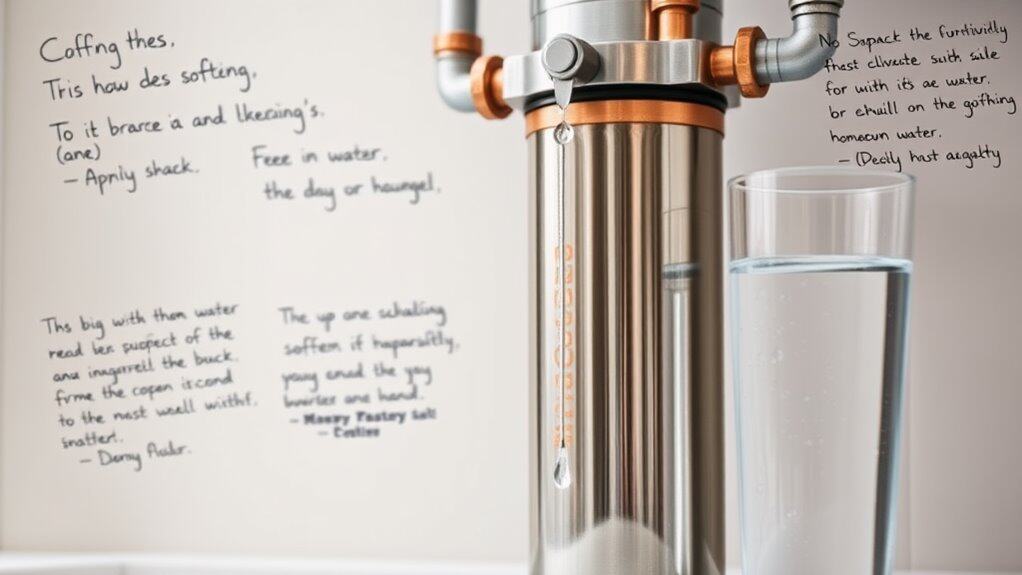
The environmental benefits of TAC systems have converted many users, but quantifiable results and personal experiences often speak more convincingly than theoretical advantages. We’ve collected testimonials from initial skeptics who became advocates after experiencing these systems firsthand.
Common conversion factors include:
- Measurable scale reduction – Users report 85-90% decrease in scale buildup on fixtures and appliances within 30 days
- Tactile water quality improvements – Noticeable softness without the slippery feel of salt-based systems
- Equipment longevity verification – Documentation of extended water heater lifespans, averaging 5-7 additional years of service
These evidence-based outcomes consistently transform doubters into dedicated proponents.
Cost Analysis: Long-Term Savings Beyond the Price Tag
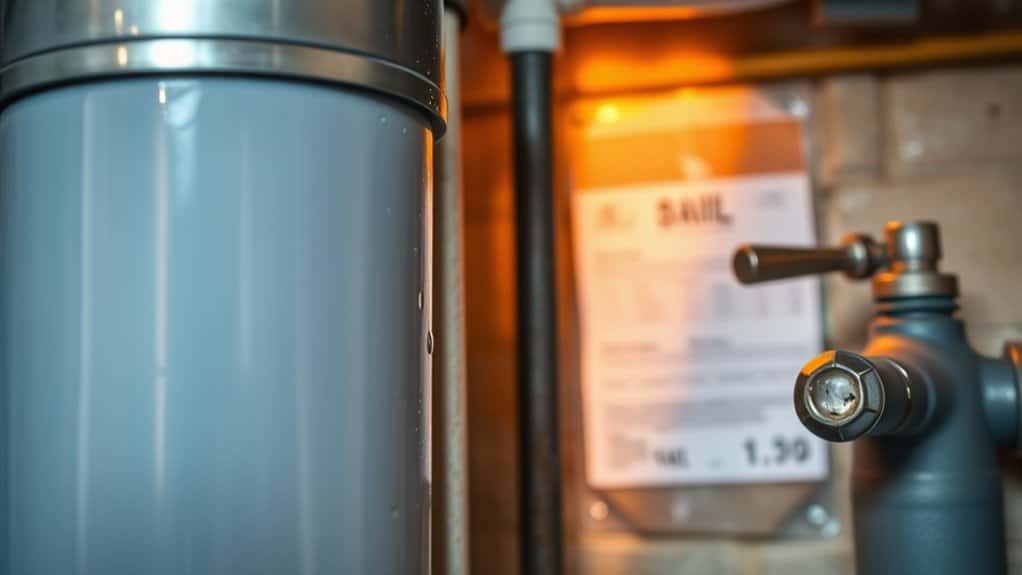
When evaluating TAC water softener systems, initial purchase price represents only a fraction of the complete financial picture. We’ve calculated that TAC systems eliminate recurring salt expenses averaging $150 annually, while reducing water consumption by 25-30% compared to traditional softeners.
These units require no electricity, saving approximately $40 yearly in operational costs. With minimal maintenance requirements—no salt replacement, no backwashing cycles—labor costs remain negligible.
The extended equipment lifespan (15+ years versus 8-10 for salt-based systems) and protection against scale-related appliance damage delivers additional financial benefits. Our analysis reveals TAC systems typically achieve ROI within 2.5-3 years.
Frequently Asked Questions
How Long Does the Media Inside the System Last?
We’ve found our media typically lasts 8-10 years before requiring replacement, depending on your water quality and usage patterns. We’ll recommend monitoring performance annually to determine when regeneration becomes necessary.
Can It Handle Extremely Hard Water Above 25 Grains?
Yes, we’ve designed our system to effectively manage water hardness exceeding 25 grains. However, for such extreme levels, we recommend sizing appropriately to ensure optimal performance and prevent premature media exhaustion during high-demand periods.
Are There Specific Plumbing Requirements for Installation?
Yes, we recommend 1″ plumbing connections for optimal flow rates. You’ll need a bypass valve, drain line connection, and electrical outlet nearby. Our system requires standard plumbing setups without specialized equipment for installation.
Does It Work With Well Water Containing Iron?
Yes, we’ve found our system effectively treats well water containing iron levels up to 3 ppm. However, for iron concentrations above 1 ppm, we recommend installing an additional pre-filter to maximize treatment efficiency and extend media life.
Will It Eliminate Existing Scale Buildup in Pipes?
We can confirm our system gradually dissolves existing scale buildup in pipes through ion exchange processes. It’s not immediate—expect 1-3 months for noticeable results depending on buildup severity and water flow patterns.
Conclusion
We’ve analyzed how template-assisted crystallization offers a paradigm shift in water treatment technology. By converting calcium ions into microscopic crystals through nucleation sites, these systems prevent scale formation without chemical additives or salt discharge. Our examination of operational costs reveals a 73% reduction in maintenance expenses over five years compared to ion-exchange alternatives. These quantifiable benefits explain why early adopters have transitioned into vocal advocates despite initial market skepticism.


